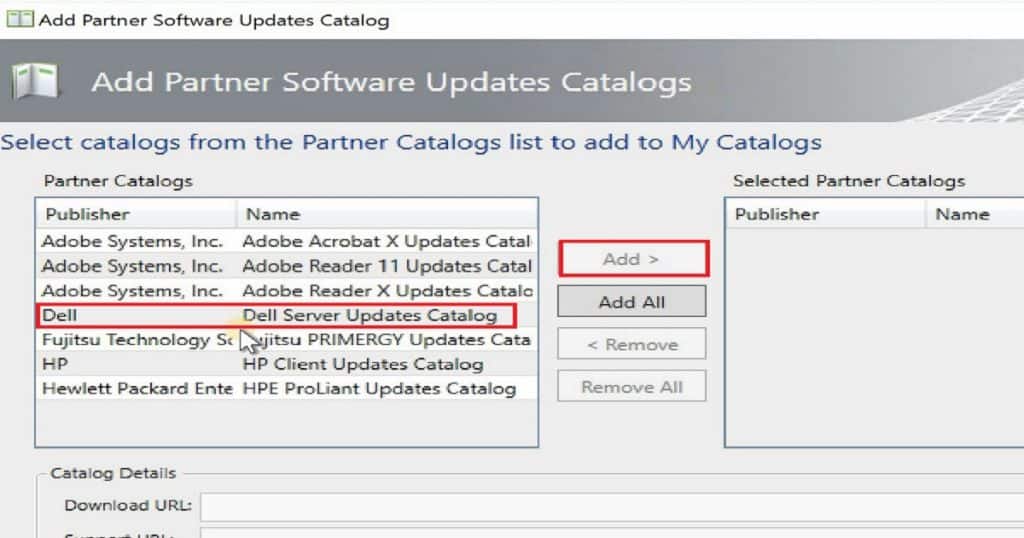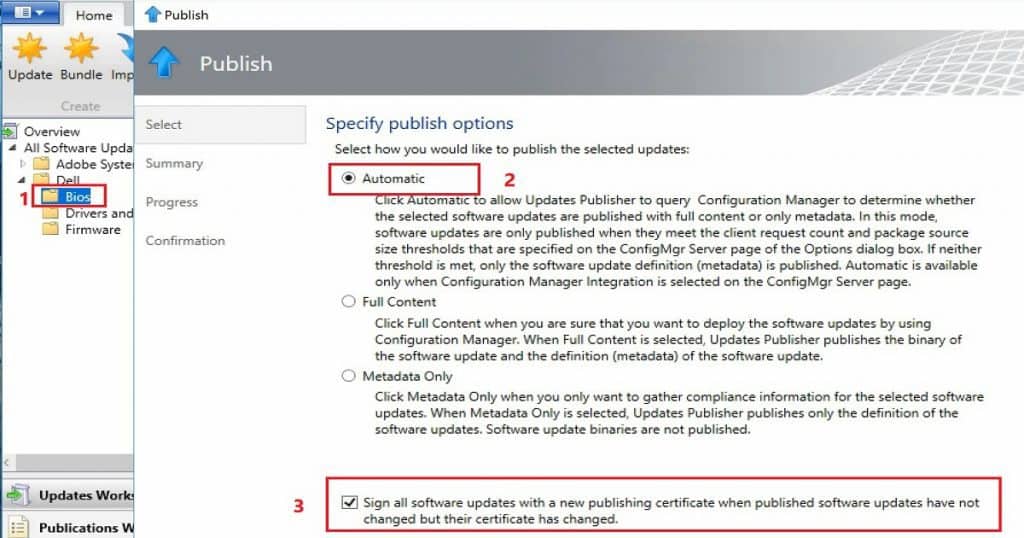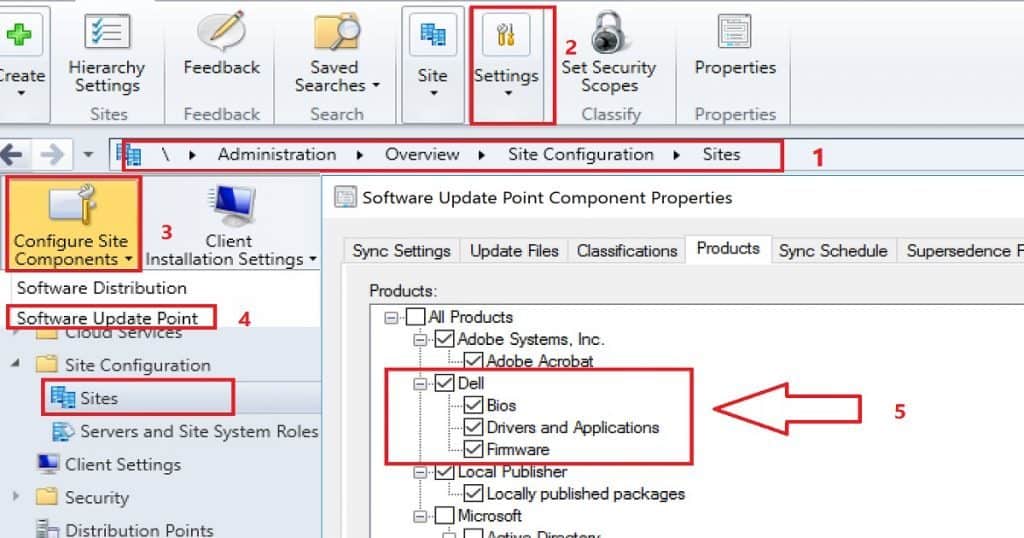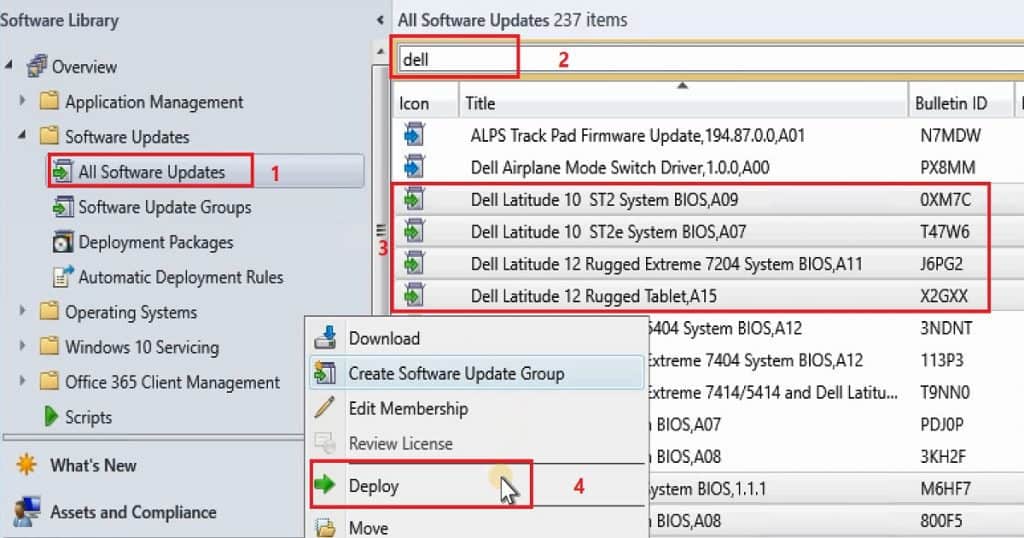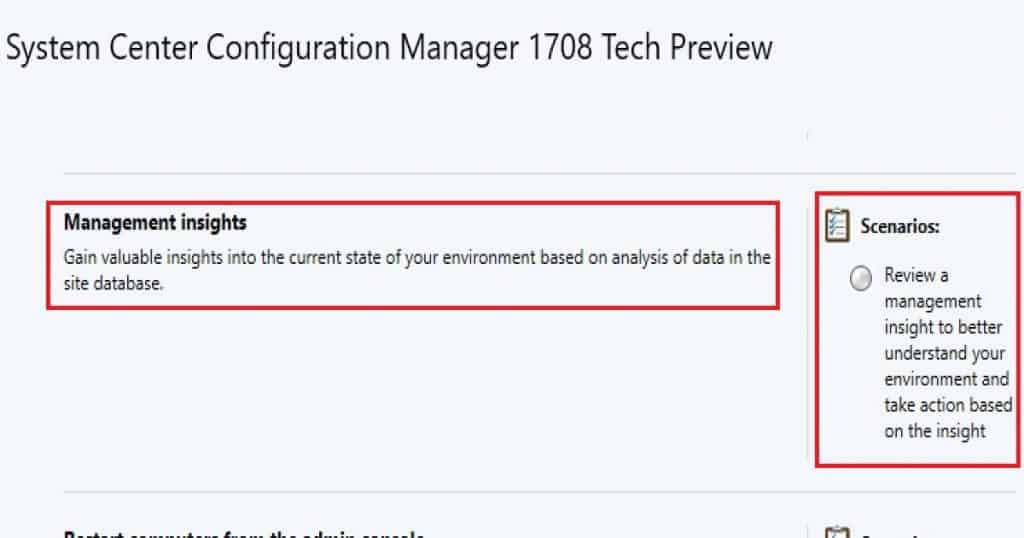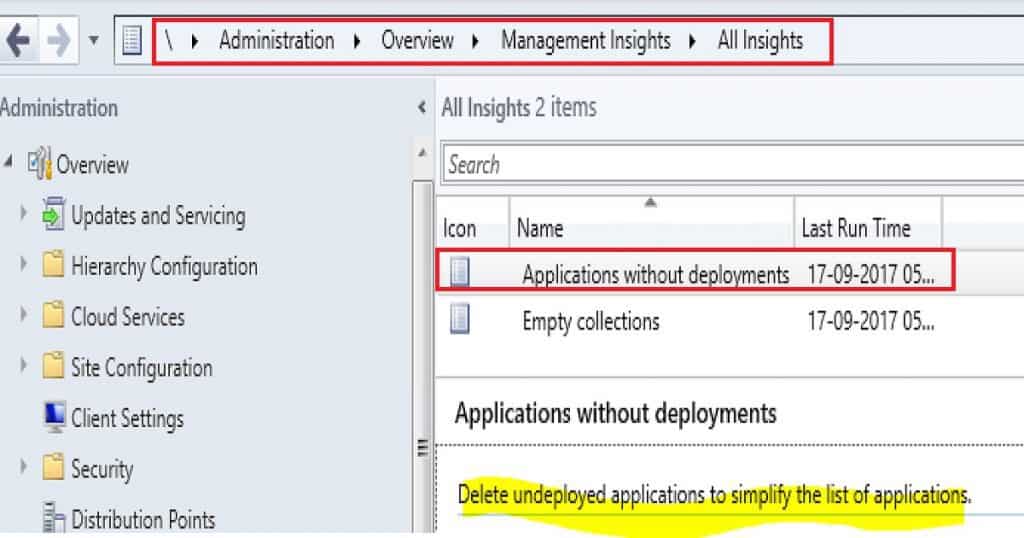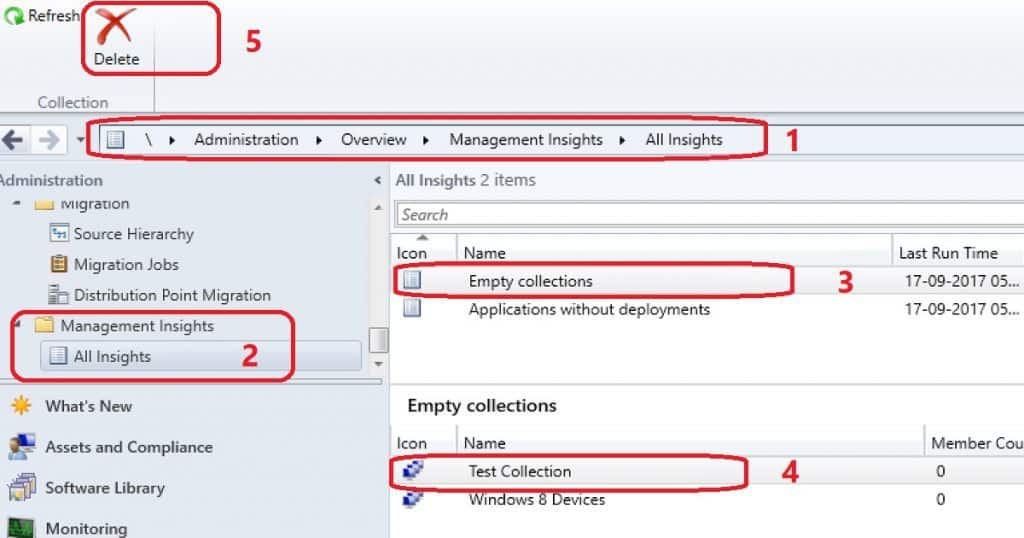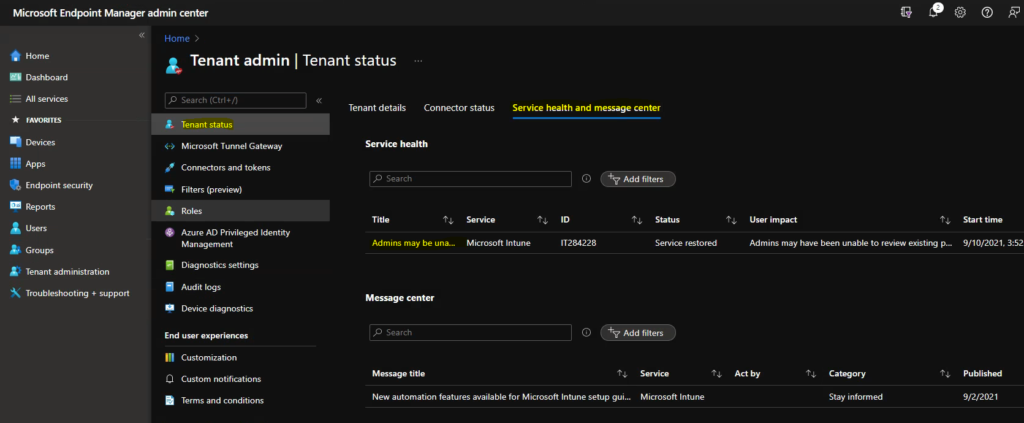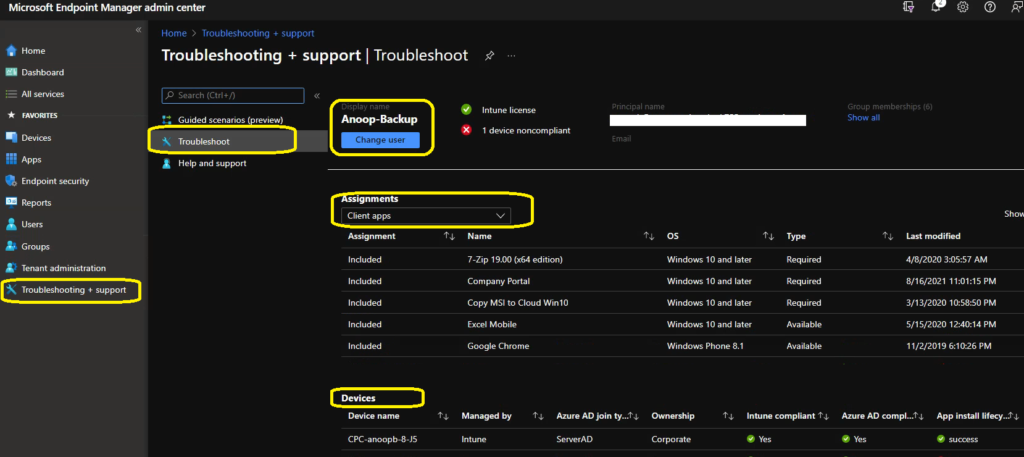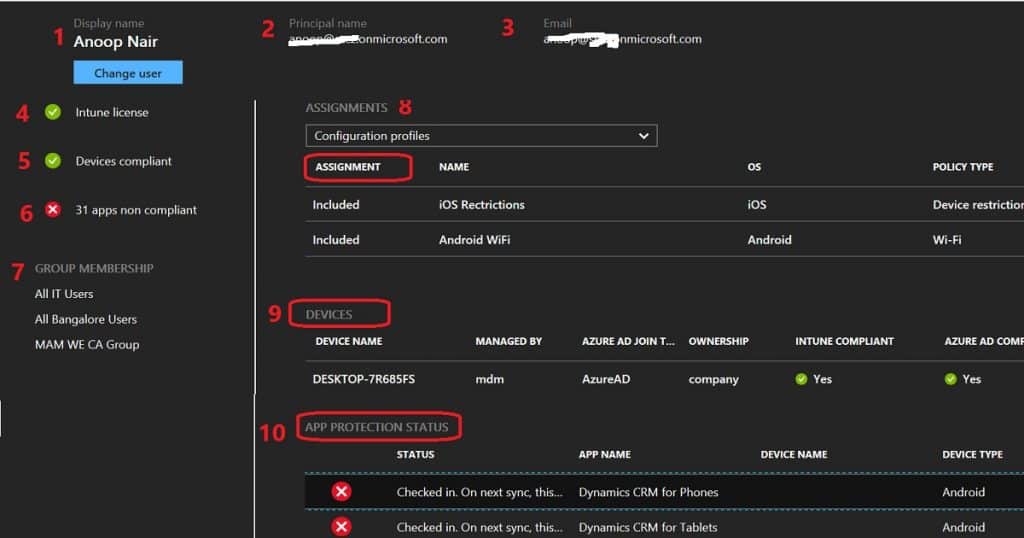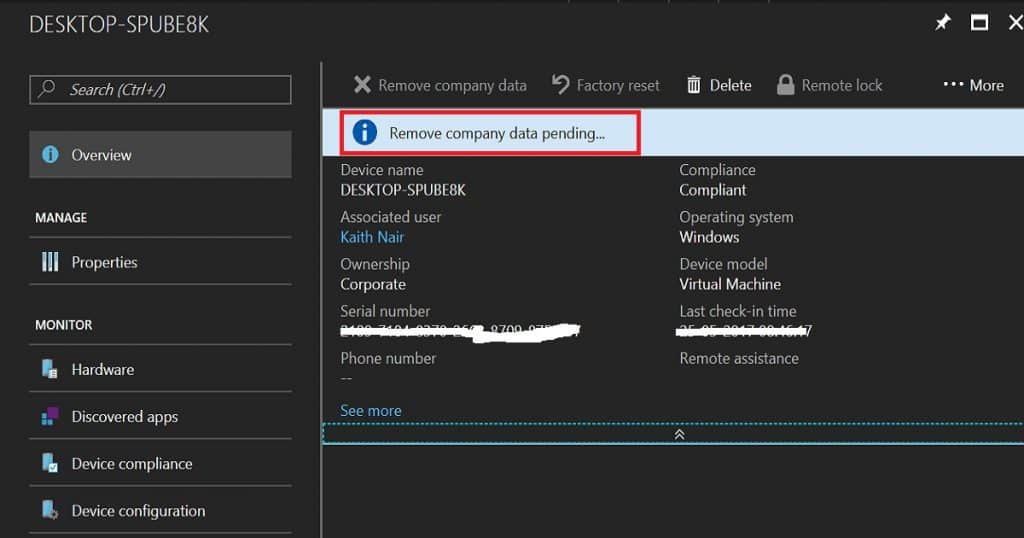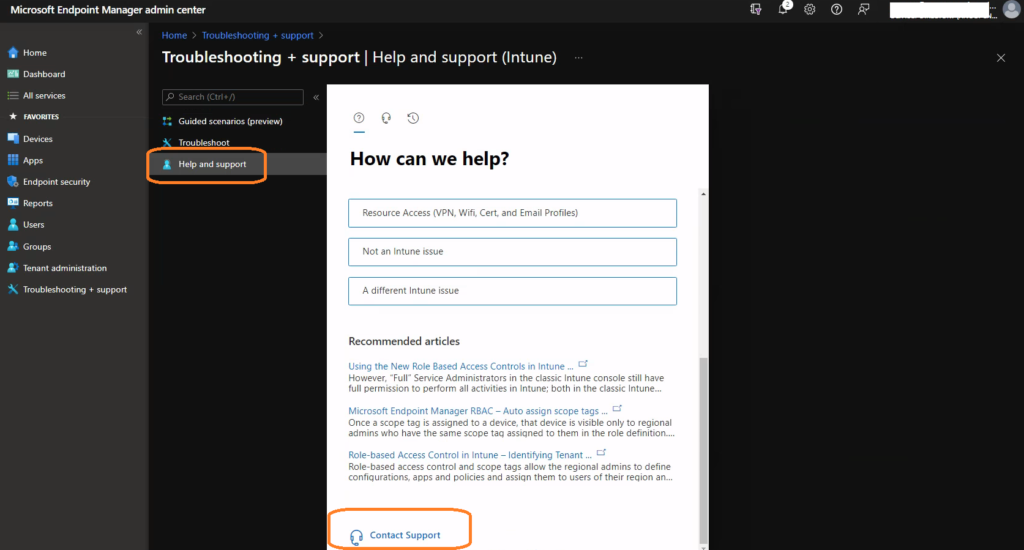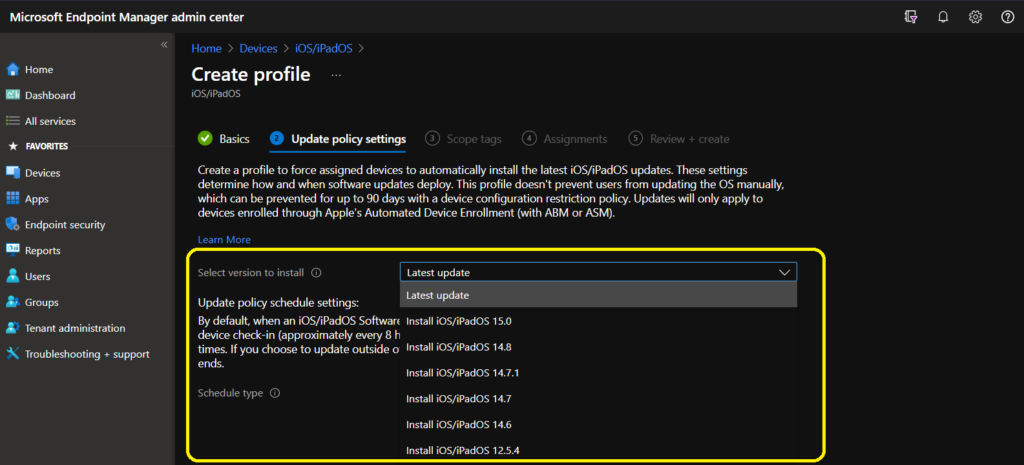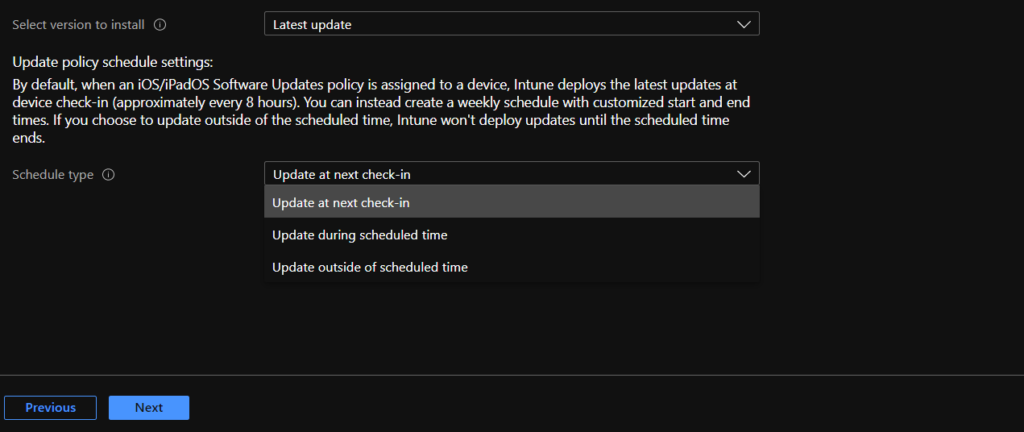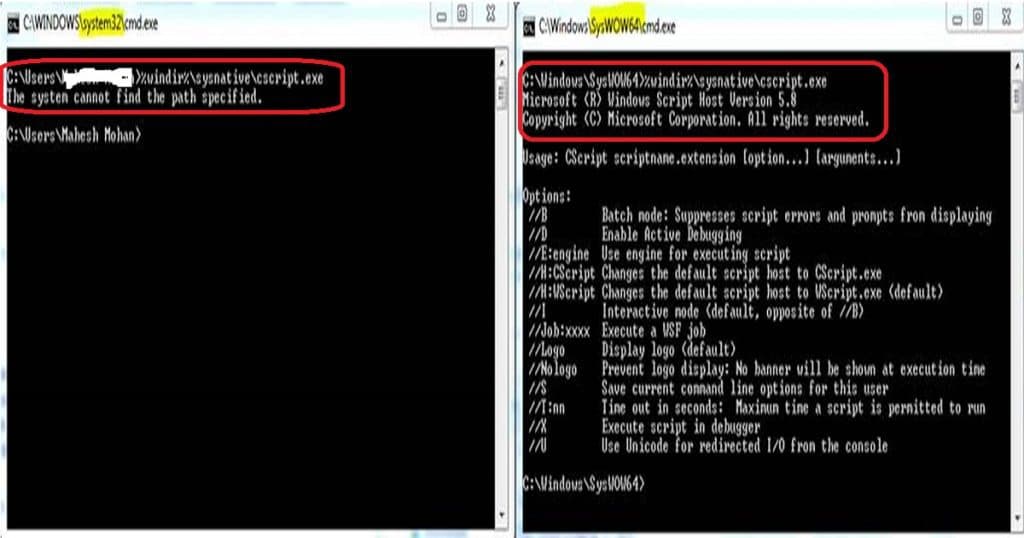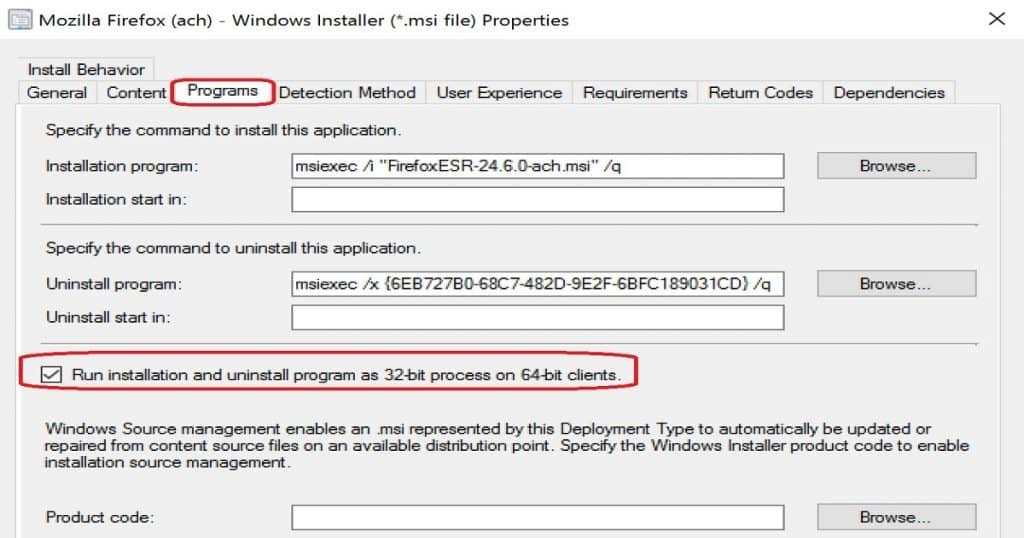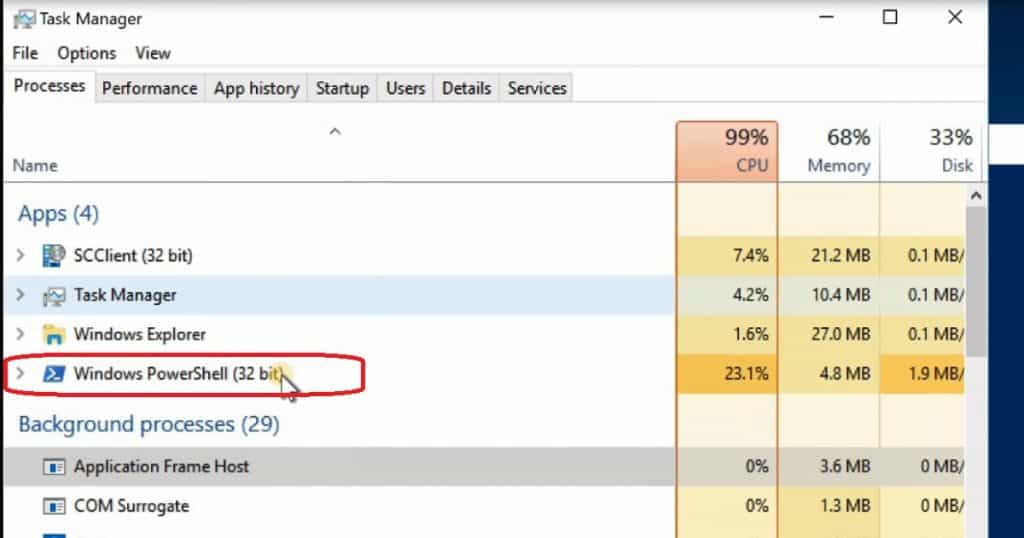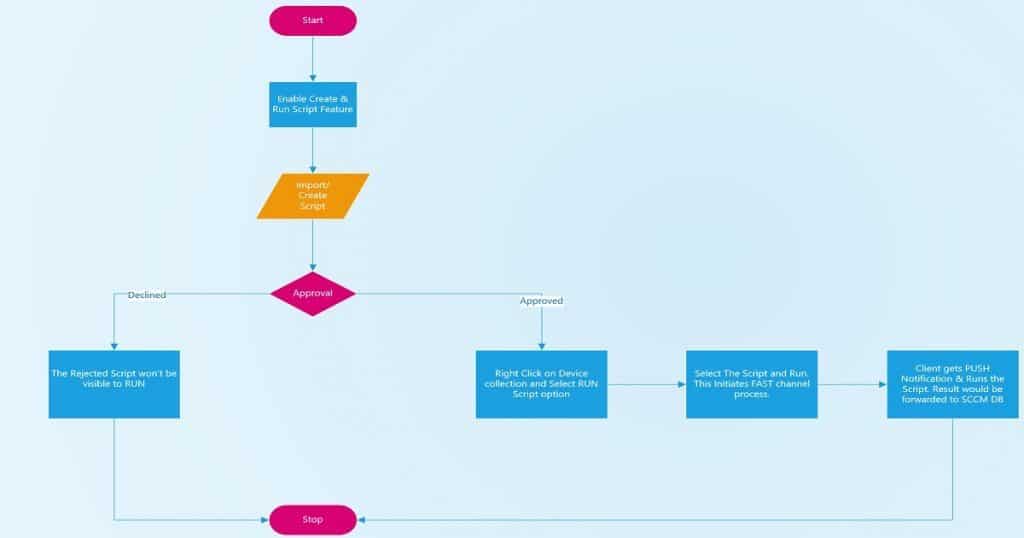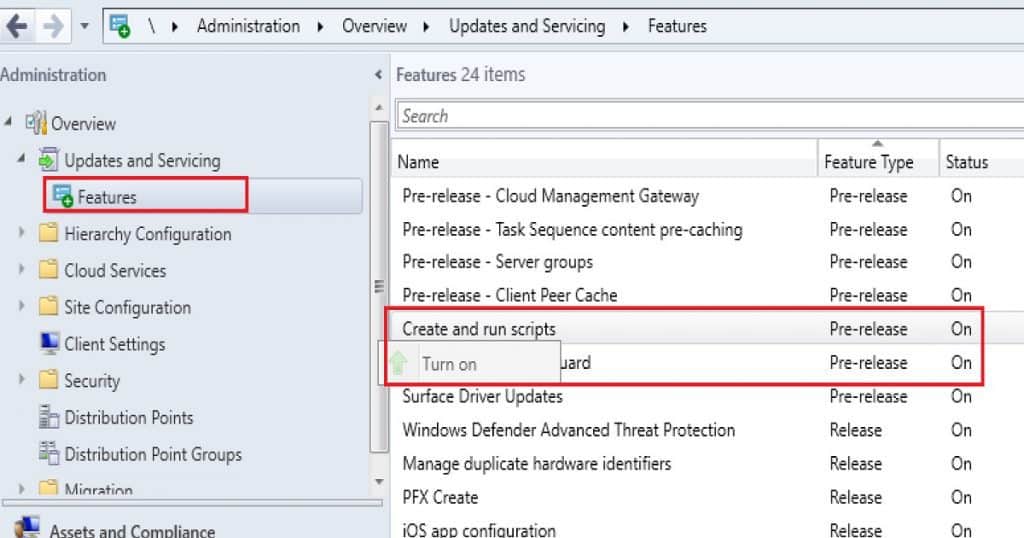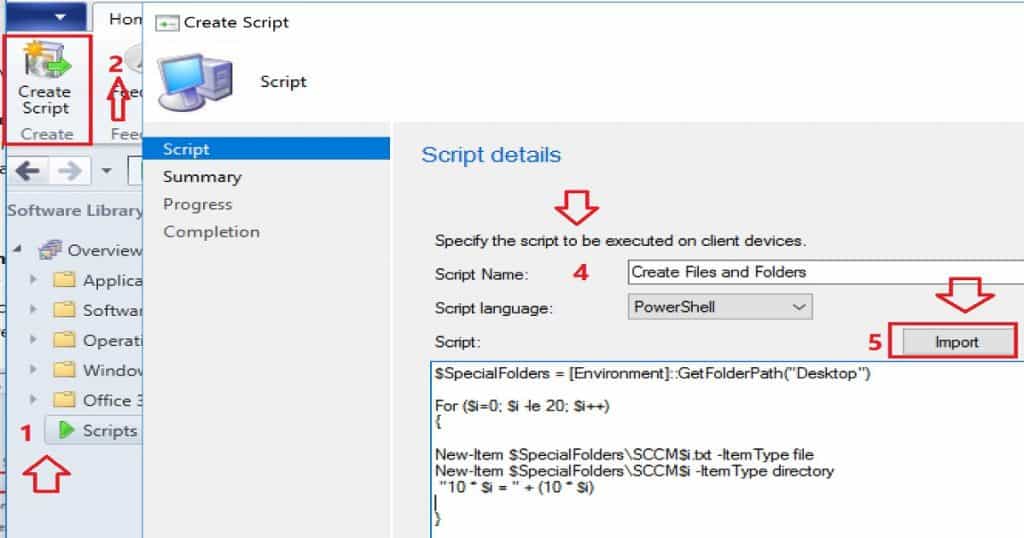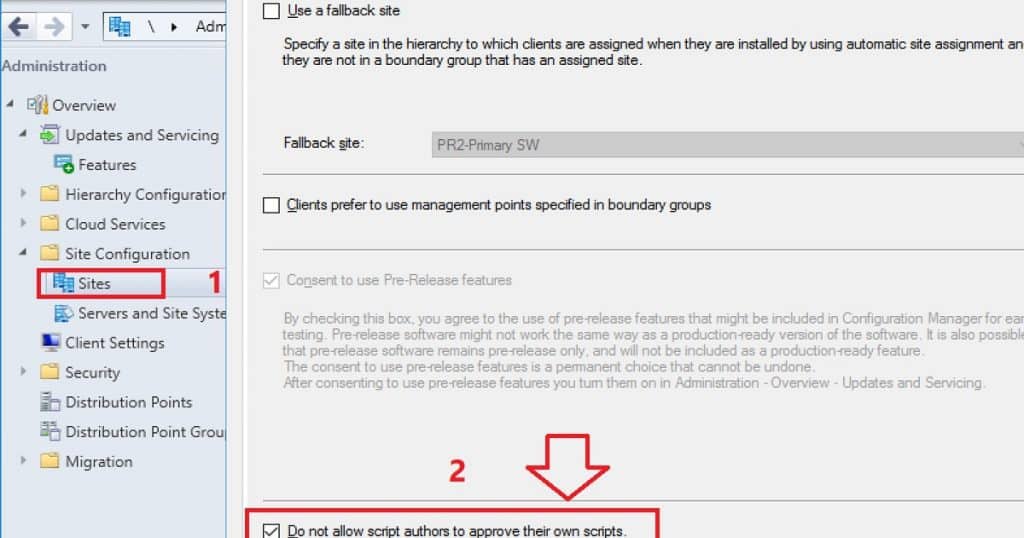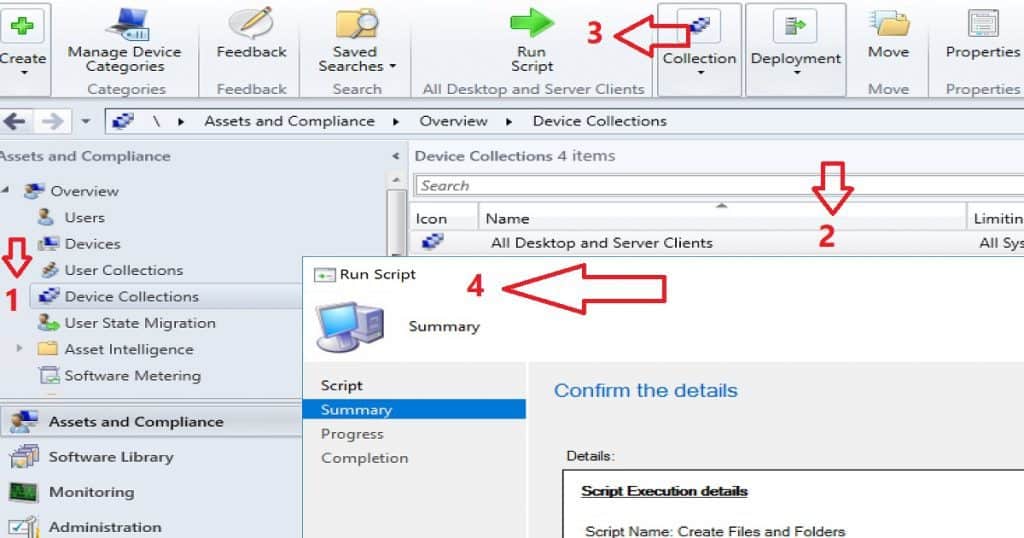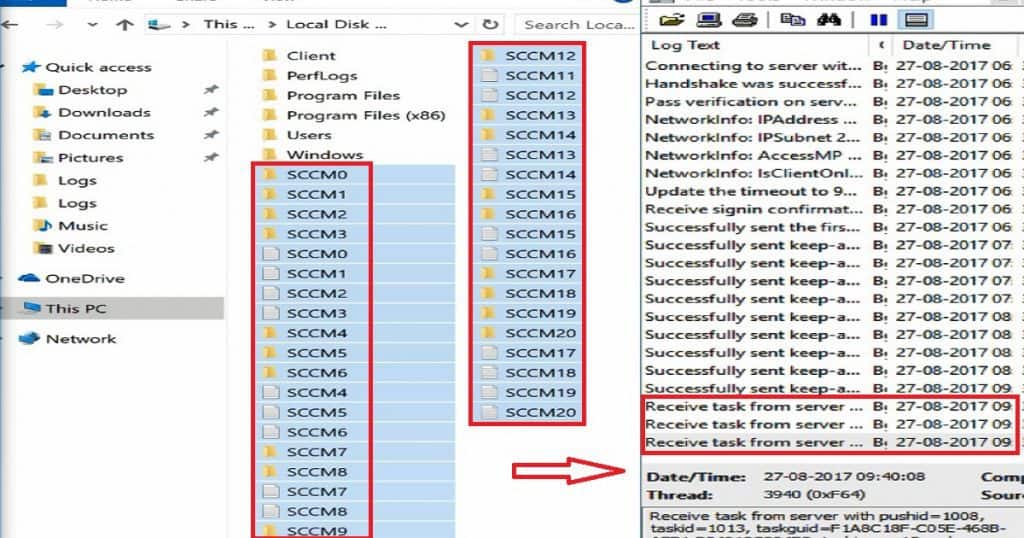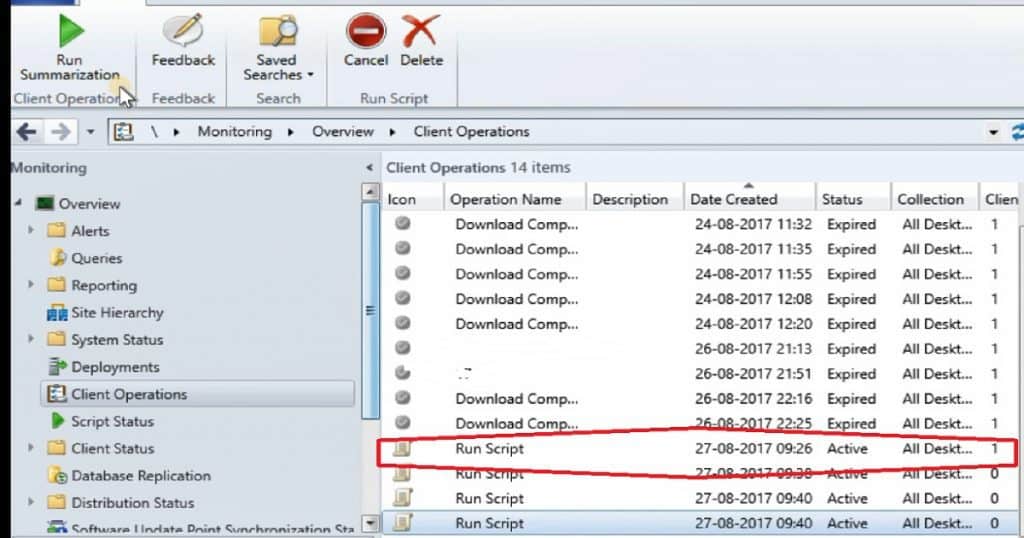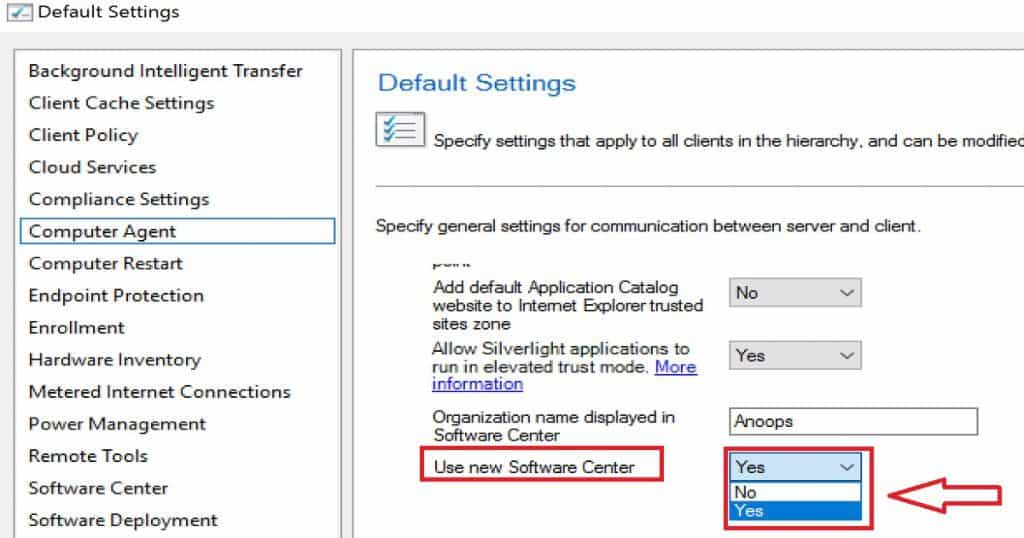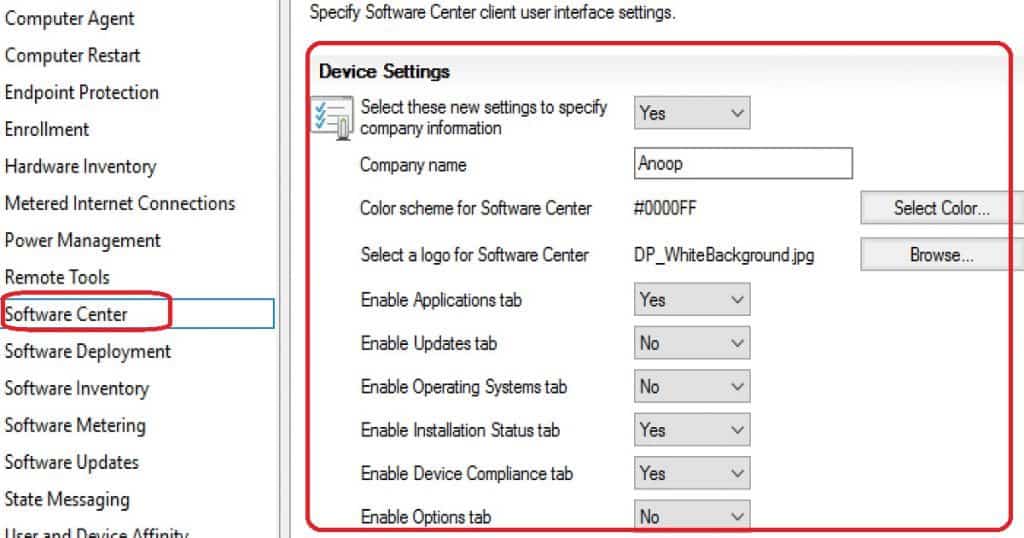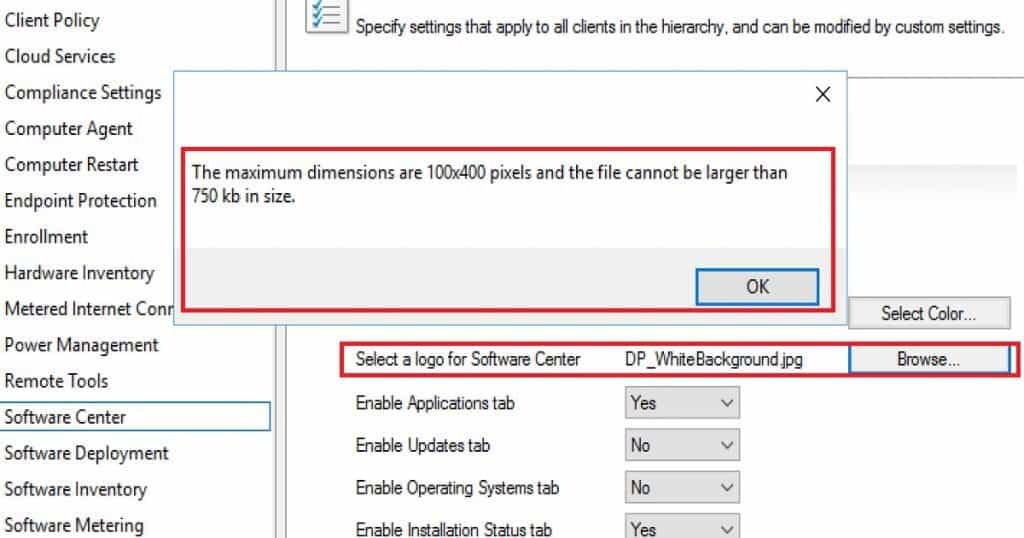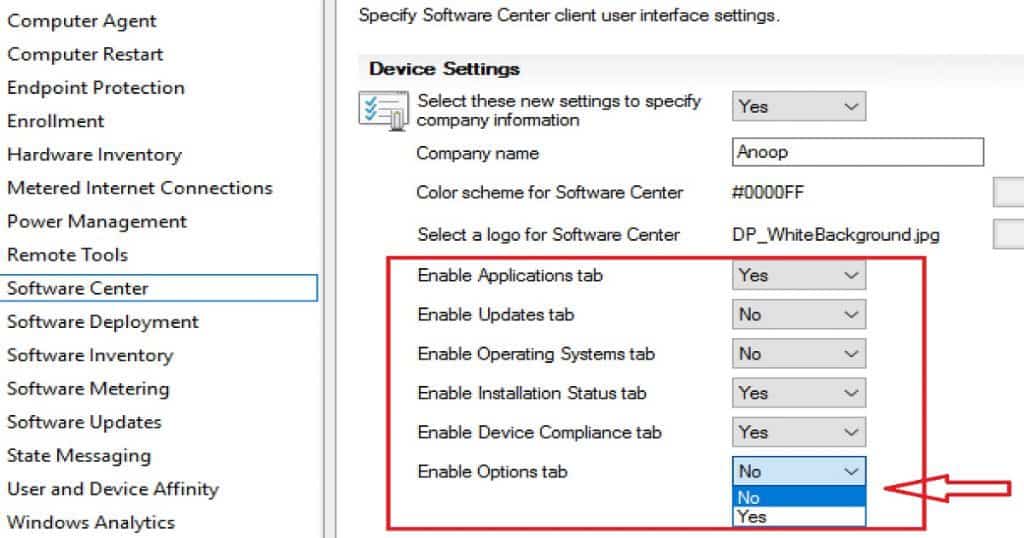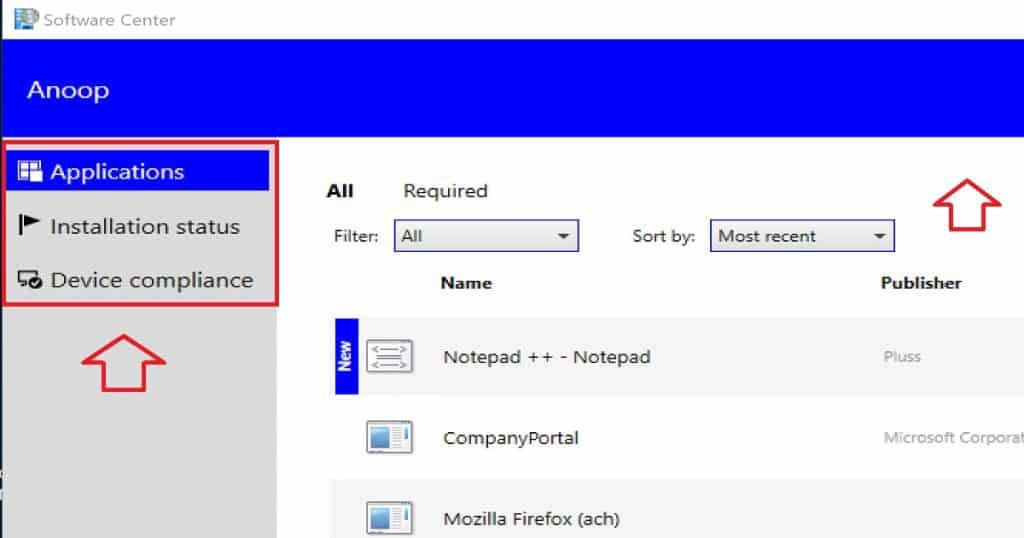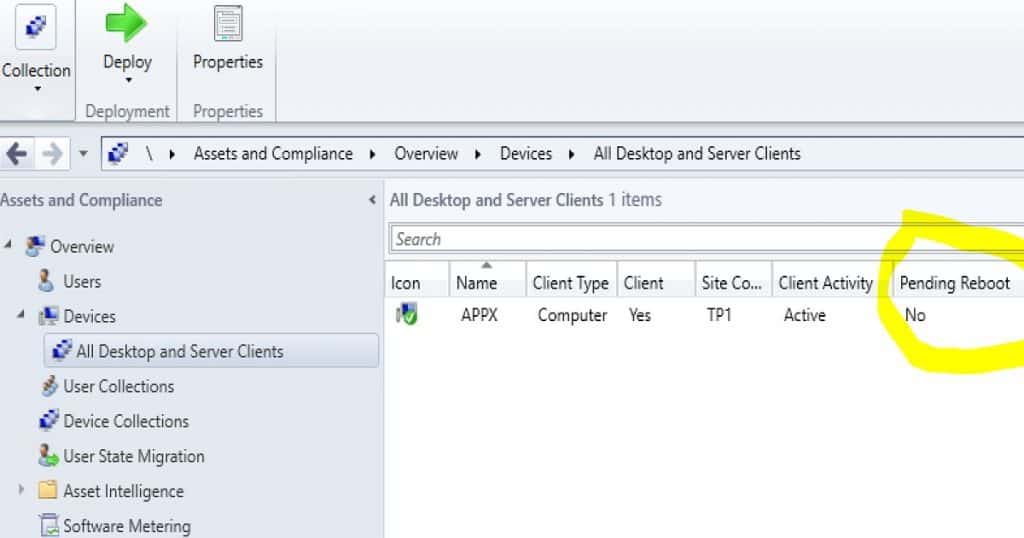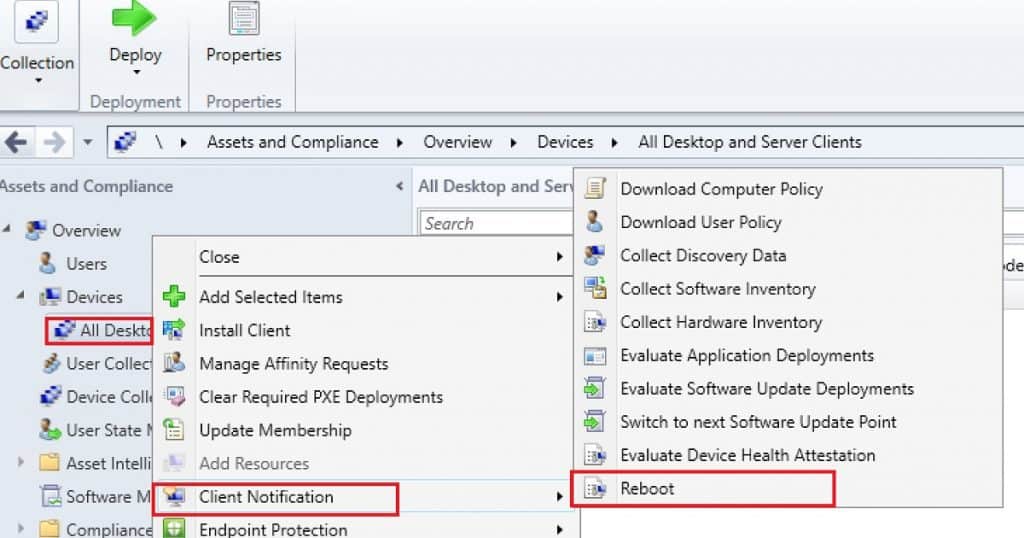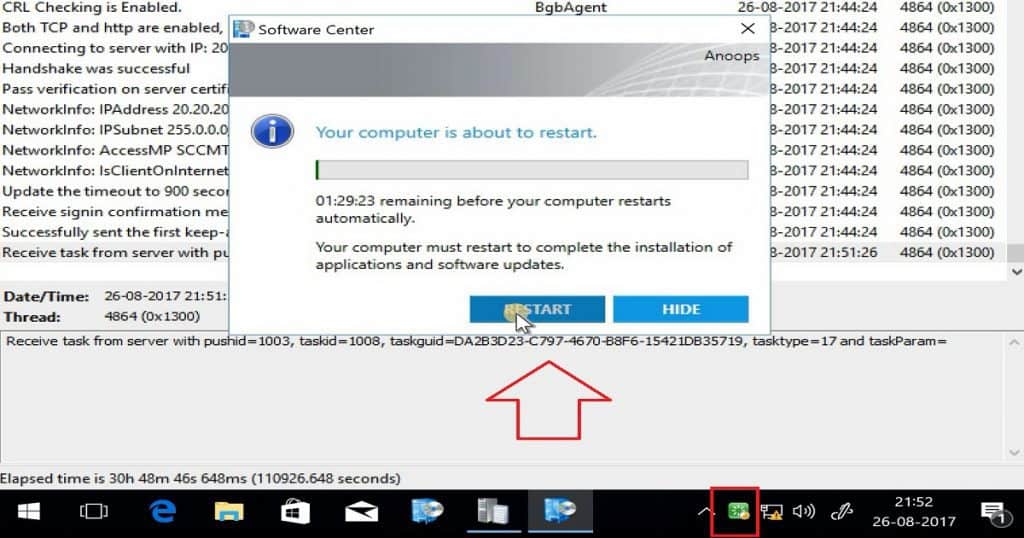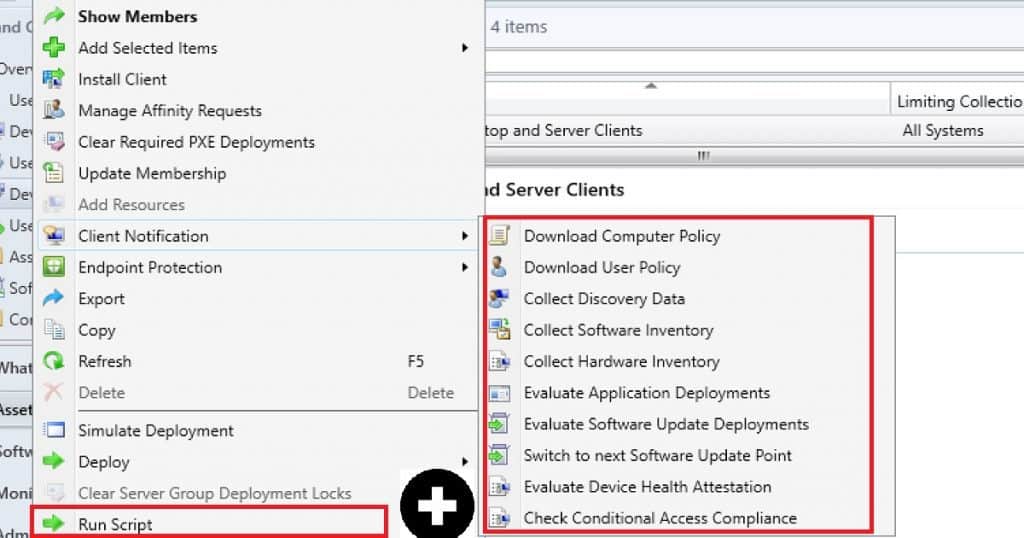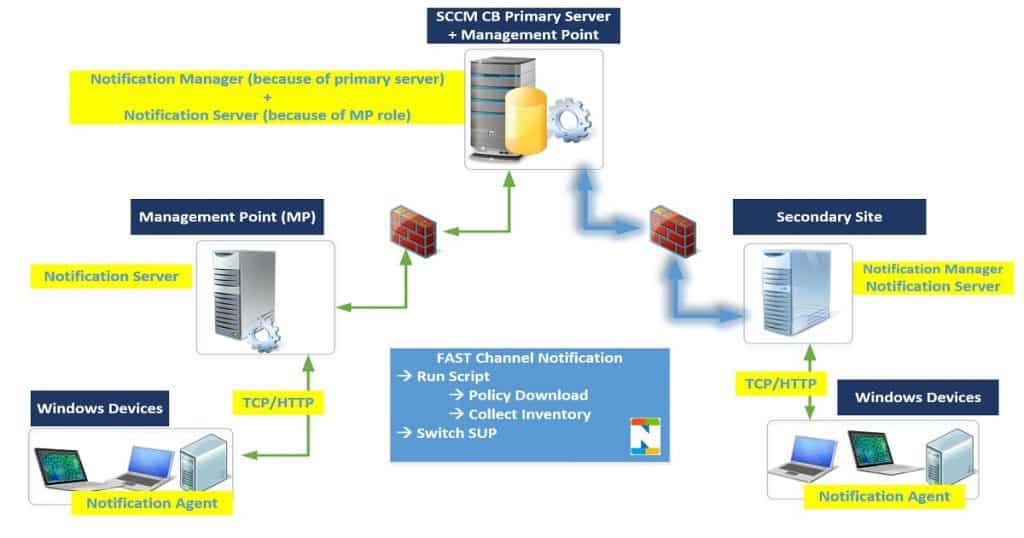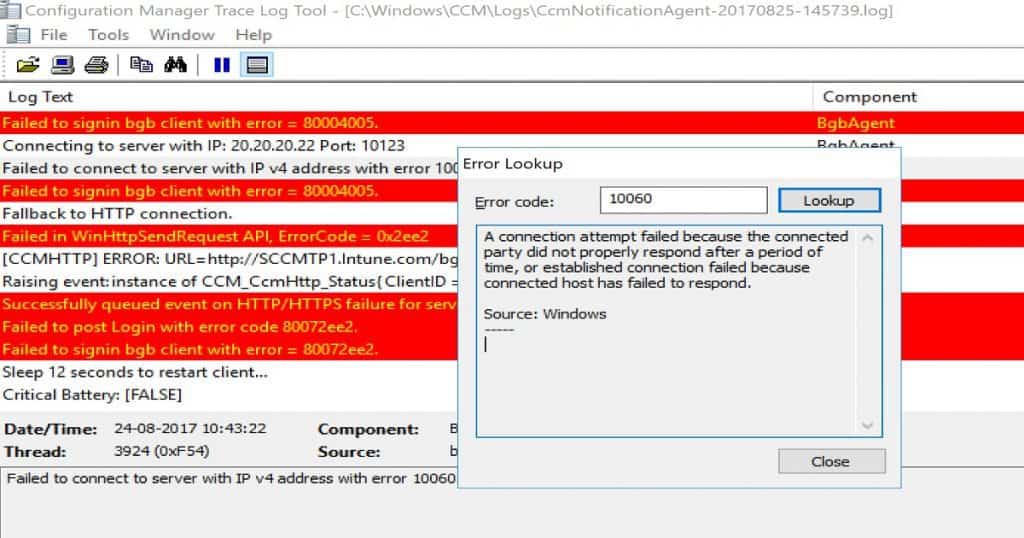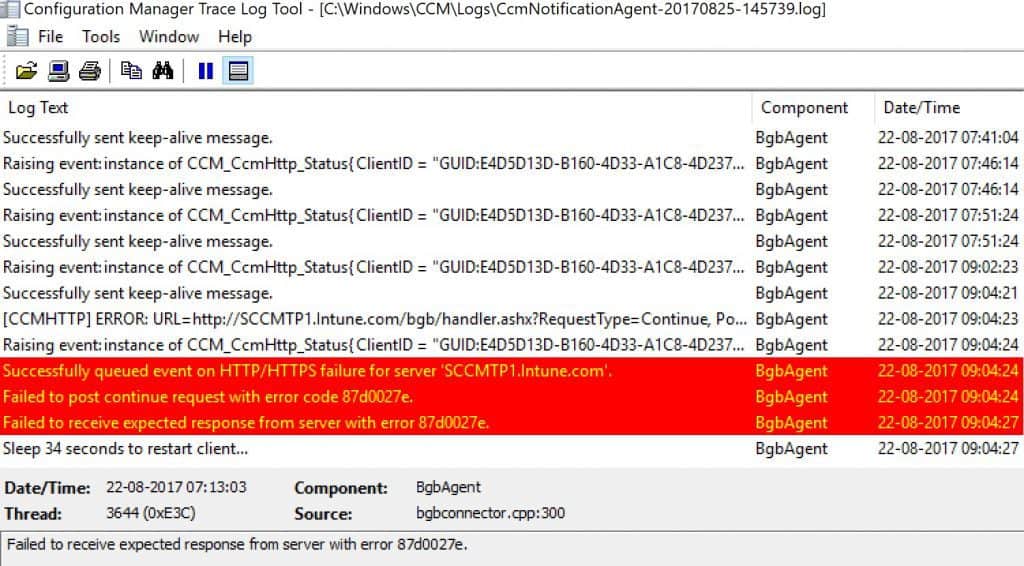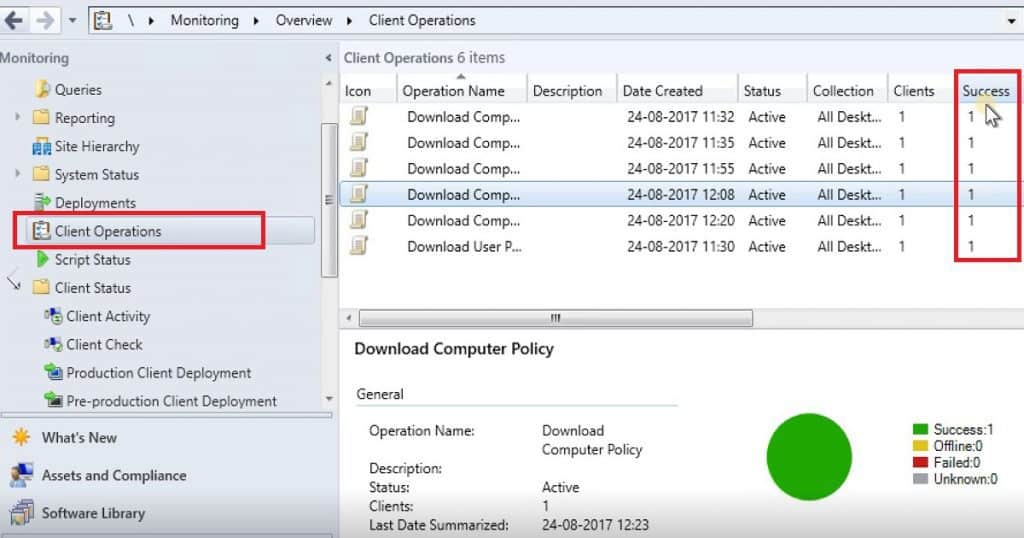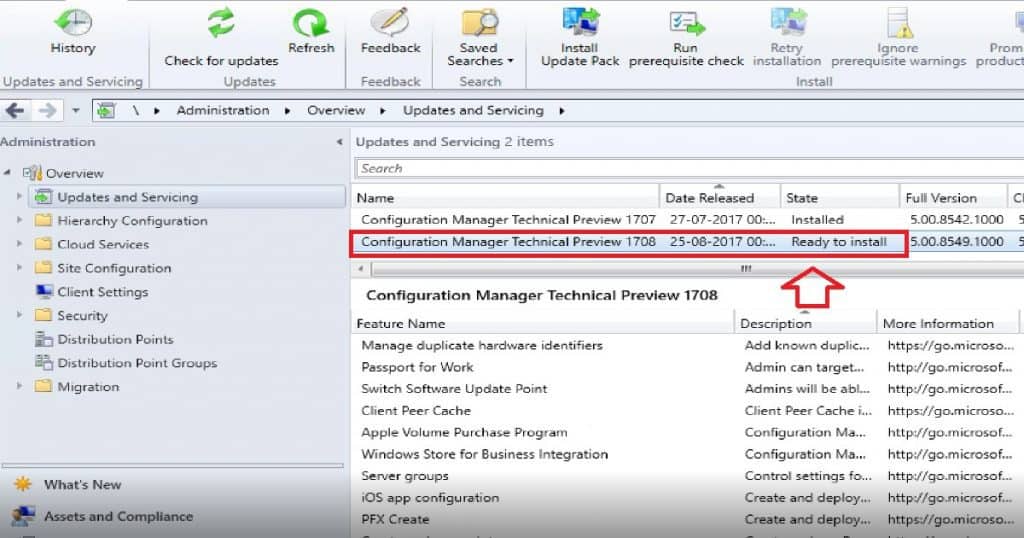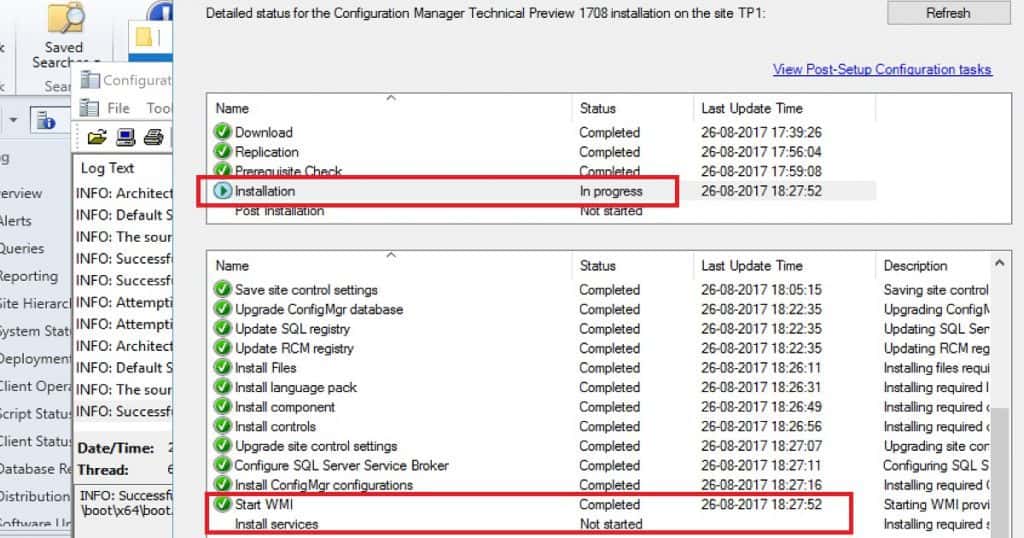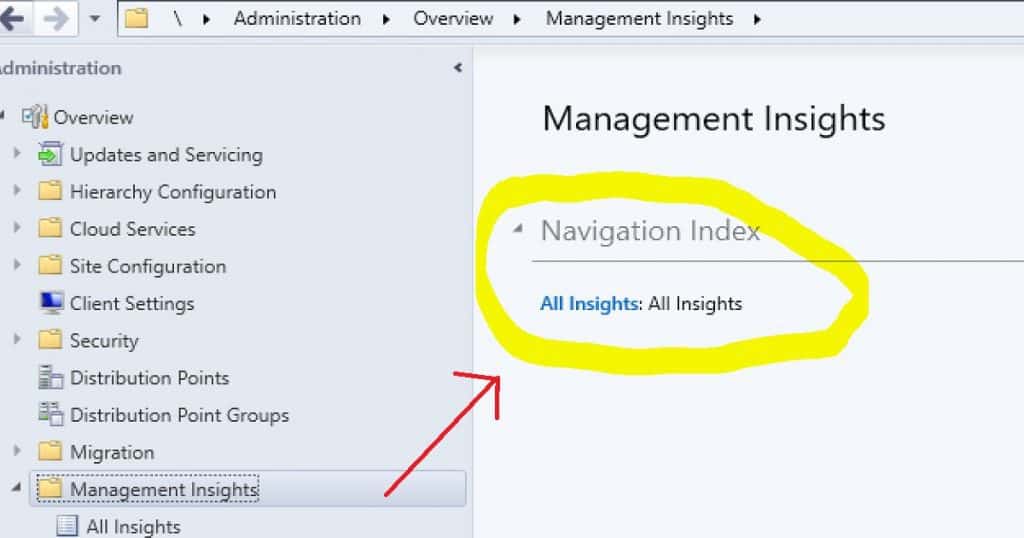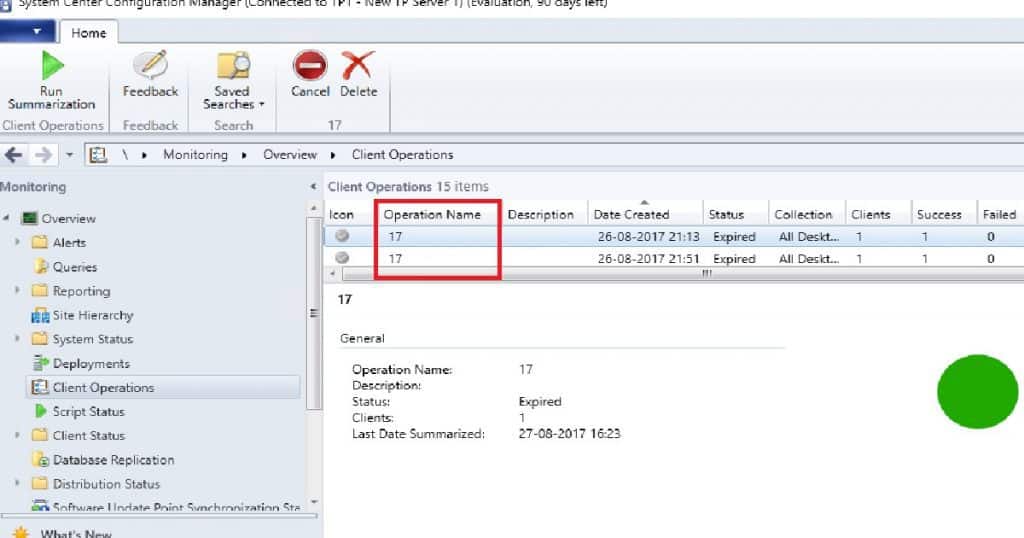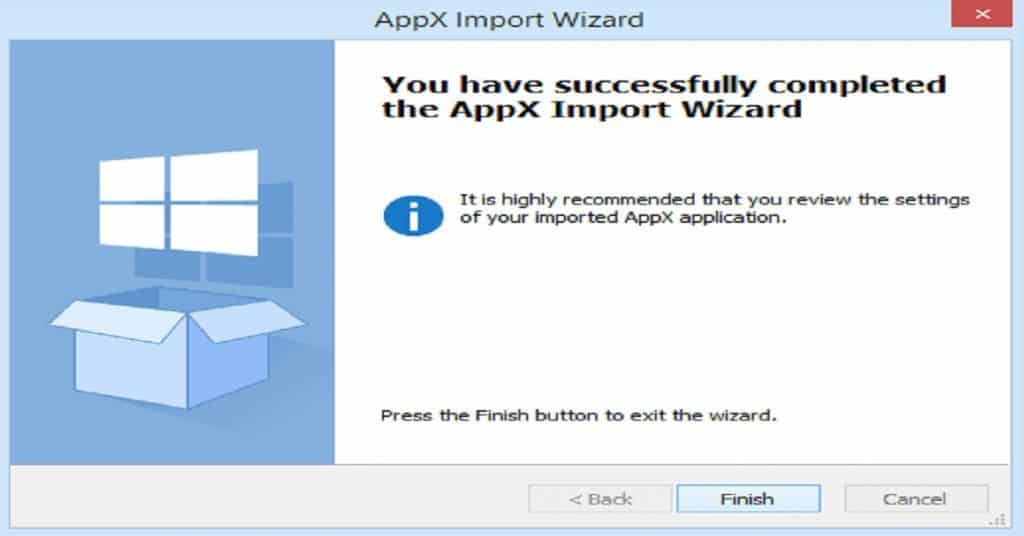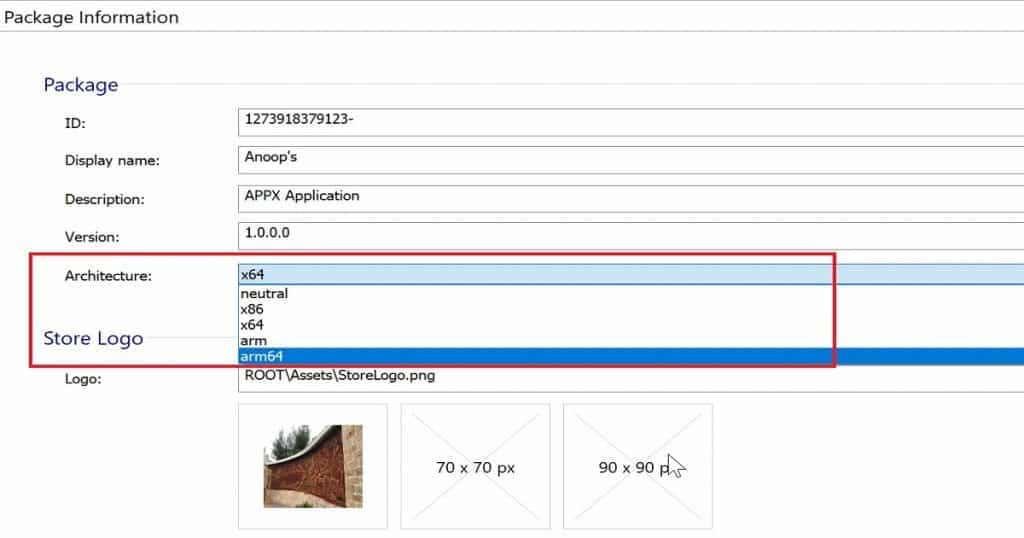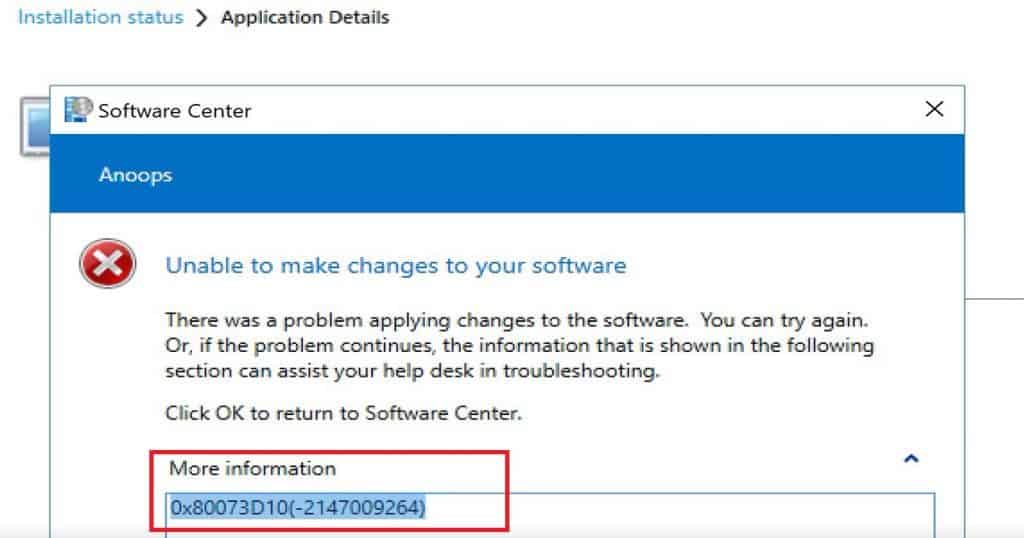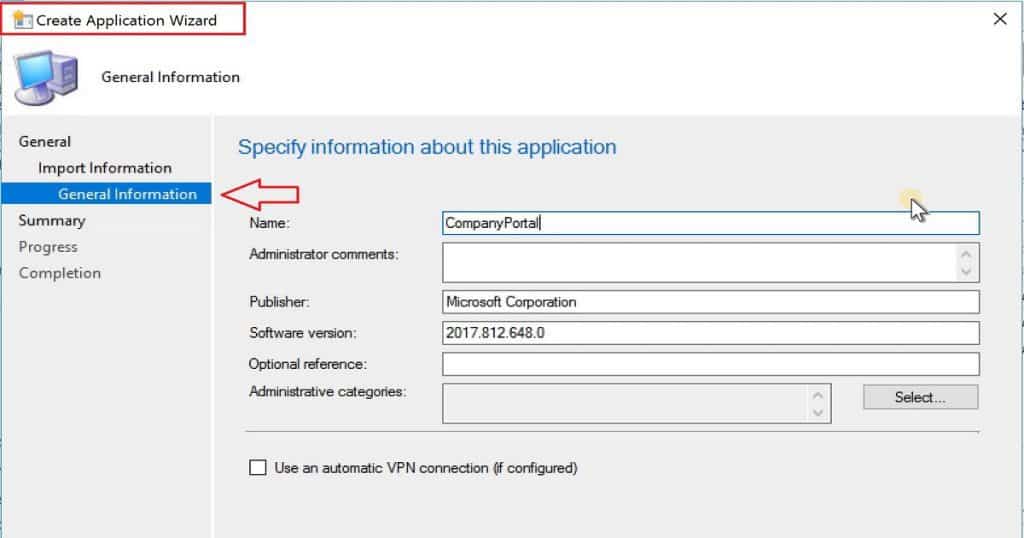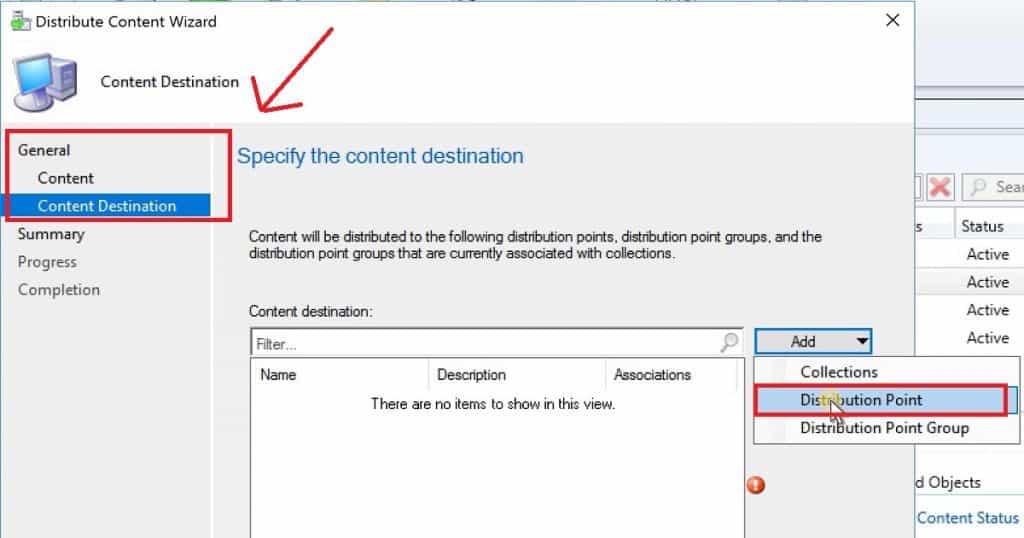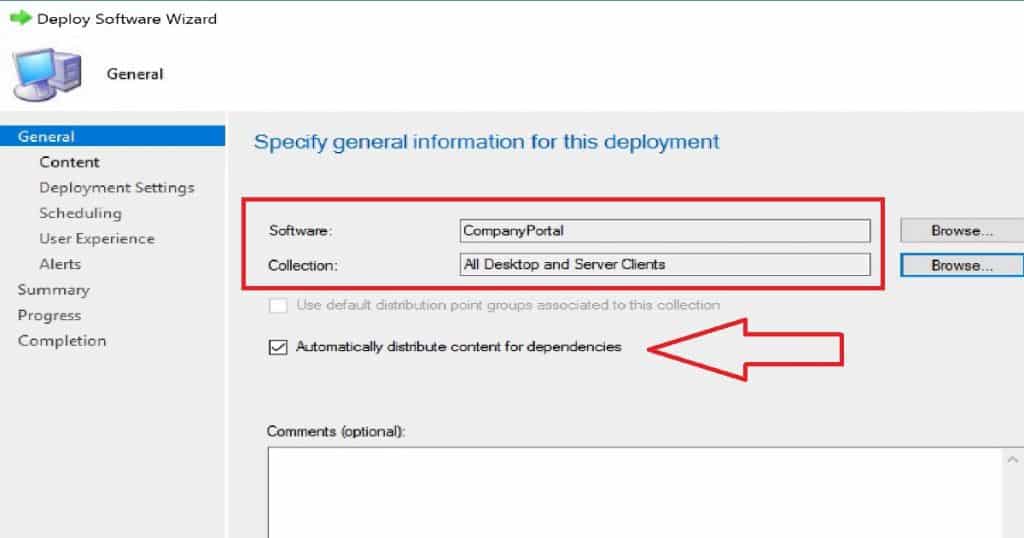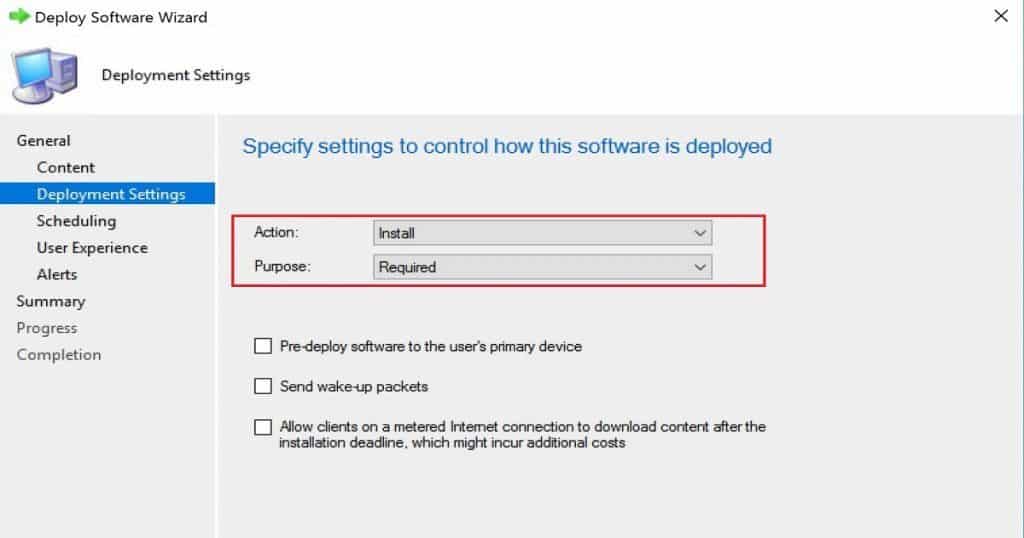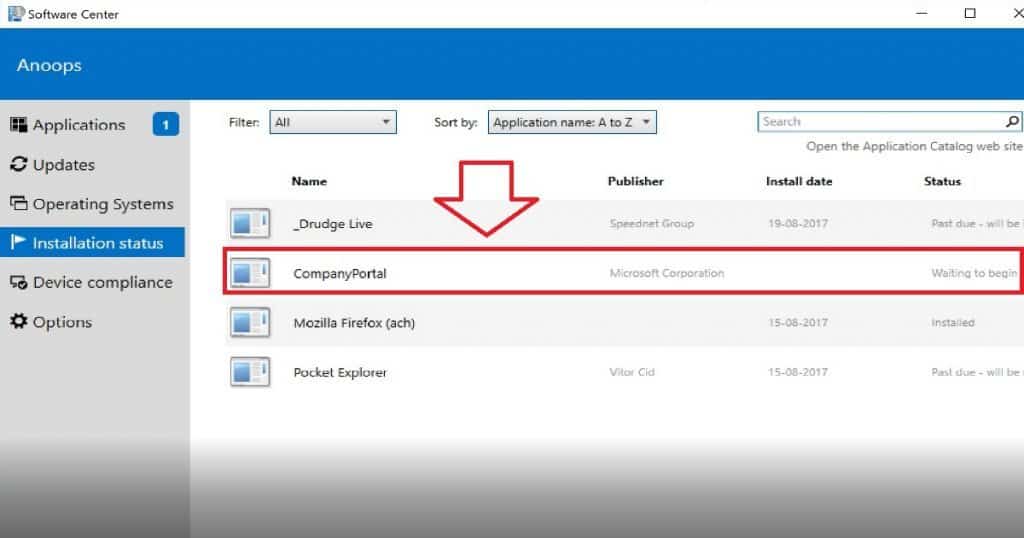How to Deploy Dell Bios Firmware Updates Via SCUP and SCCM CB Configuration Manager. SCUP 2017 has four 3rd party software update catalogs. Dell, HP, Fujitsu, and Adobe are those four 3rd party software update catalog providers in SCUP 2017 Preview version.
I have explained about installation, configuration, and integration process of SCUP with SCCM in the previous blog posts and video tutorials.
In this post, we will see how “How to Deploy Dell Bios Firmware Updates Via SCUP and SCCM CB”. We need to follow the same process for publishing HP and Fujitsu software updates.
- How to Install, Configure and Integrate with SCUP 2017 and SCCM CB
- How to Publish 3rd Party Abode Acrobat Patches via SCCM SCUP 2017
How to Add Dell Software Update Catalog to SCUP
Open the SCUP 2017 console. You can navigate to “Update Workspace – Overview” and click Add Partner Software Updates catalogs. Select Dell and click on the button Add.
This will add the Dell updates to the SCUP database. Dell updates include Dell Bios updates, Drivers updates, Dell Applications updates, and Dell Firmware updates.
How to Publish Dell Software Updates to SCUP, WSUS, and SCCM CB?
Dell Software updates Catalog (Bios, Drivers and Applications, Firmware) are added to SCUP console. Click on Dell Folder. Expand the Dell folder to see subfolders. Select the updates from the right pane of the SCUP console that you want to publish to SCCM CB.
Specify the publish option – There are 3 options while posting updates. Automatic, Full content, and Metadata Only. I normally recommend selecting the Automatic option. The reasons for choosing the automatic option are given below. This has been shown in the video here.
Click Automatic to all updates publisher to query SCCM to determine whether the selected software updates are published with full content or only metadata.
In this mode, software updates are only published when they meet the client request count and package source size thresholds specified on the SCCM server page of the Options dialog box. Automatic is available only when SCCM integration is selected on the SCCM server page.
Make sure you select the checkbox at the bottom of the SCUP publish wizard. The checkbox is to sign all software updates with a new publishing certificate when published software updates have not changed, but their certificate has changed.
How to Select Dell Products from SUP component Properties in SCCM? How to Deploy Dell Bios Firmware Updates Via SCUP and SCCM CB Configuration Manager ConfigMgr
Once the updates are published from SCUP console then, you can go to SCCM CB console to configure rest of the things. Navigate SCCM console – \Administration\Overview\Site Configuration\Sites.
Click on Settings – Configure Site Components – Software Update point component – Properties. Go to the Products tab and Select Dell, Bios, Drivers and Applications, Firmware. Same thing I have shown in the video here.
Once the appropriate products are selected, navigate \Software Library\ Overview\Software Updates in the SCCM CB console. Right-click on the Software Updates node & select synchronize software updates.
This will help sync and get the Dell updates to the SCCM CB console. WsyncMgr.log will provide you with the details about Dell updates.
How to Deploy Dell updates via the Software Updates Deployment method?
In the following post, I have already blogged about the SCCM Software Update process, “Step by Step Guide SCCM ConfigMgr CB Software Update Patching Process”. The method of deploying Dell software updates to Windows 10 devices is similar to any other software update deployment.
Select all the Dell Bios and Firmware updates you want to deploy from the All Software Updates node, as shown in the video. Once selected, right-click those updates and click on Deploy.
You have to provide Deployment name, Software update group name for Dell Software updates. You have to select the collection name from the list on the next screen.
The members of that collection will get the Dell software updates deployment. Schedule the deployment and make sure you set a good user experience.
Also, provide the new Dell software update package name and the shared folder location to store the Dell software updates. You also need to select the DPs to distribute this package.
To download the Dell updated from Dell, you need the internet connection to the server. Otherwise, you must have already downloaded the binaries from Dell and stored them in a shared location, as you can see in the video here.
Do you want to download different languages of these Dell software updates? If so, Language Selection is the page where you can select other languages.
Example of the Dell Software Update deployment via SCUP and SCCM – How to Deploy Dell Bios Firmware Updates Via SCUP and SCCM CB Configuration Manager ConfigMgr
• Dell Latitude 10 ST2 System BIOS,A09 0XM7C(Article ID) • Dell Latitude 10 ST2e System BIOS,A07 T47W6(Article ID) • Dell Latitude 12 Rugged Extreme 7204 System BIOS,A11 J6PG2(Article ID) • Dell Latitude 12 Rugged Tablet,A15 X2GXX(Article ID) • Dell Latitude 3180/3189 System BIOS,1.1.1 M6HF7(Article ID) • Dell Latitude 3330 System BIOS,A08 800F5(Article ID) • Dell Latitude 3340 System BIOS,A13 48CH6(Article ID) • Dell Latitude 3350 System BIOS,A09 0468G(Article ID) Success: General: • Deployment Name: 3rd Party Updates SCUP - Dell Software Updates • Collection: All Desktop and Server Clients Deployment Settings: • Send wake-up packets: No • Verbosity Level: Only success and error messages Scheduling: • Deployment schedules will be based on: Client local time • Available to target computers: 23-09-2017 07:25:00 • Deadline for software update installation: 30-09-2017 07:23:00 • Delayed enforcement on deployment: False User Experience: • User Notifications: Display in Software Center and show all notifications • Install software updates outside the maintenance window when deadline is reached: No • Restart system outside the maintenance window when deadline is reached: Suppressed • If a restart is required it will be: Allowed • Commit changes at deadline or during a maintenance window (requires restarts): Yes • If any update in this deployment requires a system restart, run updates deployment evaluation cycle after restart: No Alerts: • On software update installation error generate a Window Event: No • Disable Window Event while software updates install: No Download Settings: • Computers can retrieve content from remote distribution points: No • Download and install software updates from the fallback content source location: Yes Package: Success: The software updates were placed in a new package: • 3rd Party Updates SCUP - Dell Software Updates Success: Content (1): • SCCMTP1.INTUNE.COM Software updates downloaded from the internet Success: Dell Latitude 10 ST2 System BIOS,A09 Success: Dell Latitude 10 ST2e System BIOS,A07 Success: Dell Latitude 12 Rugged Extreme 7204 System BIOS,A11 Success: Dell Latitude 12 Rugged Tablet,A15 Success: Dell Latitude 3180/3189 System BIOS,1.1.1 Success: Dell Latitude 3330 System BIOS,A08 Success: Dell Latitude 3340 System BIOS,A13 Success: Dell Latitude 3350 System BIOS,A09 Language Selection: English
References
- SCCM + SCUP Wiki – https://blogs.technet.microsoft.com/jasonlewis/
- System Center Updates Publisher June 2017 Preview is now available https://blogs.technet.microsoft.com/enterprisemobility/2017/07/03/system-center-updates-publisher-june-2017-preview-is-now-available/
- System Center Updates Publisher https://docs.microsoft.com/en-us/sccm/sum/tools/updates-publisher/
Author
Anoop is Microsoft MVP! He is a Solution Architect in enterprise client management with more than 20 years of experience (calculation done in 2021) in IT. He is Blogger, Speaker, and Local User Group HTMD Community leader. His main focus is on Device Management technologies like SCCM 2012, Current Branch, and Intune. He writes about ConfigMgr, Windows 11, Windows 10, Azure AD, Microsoft Intune, Windows 365, AVD, etc……………
